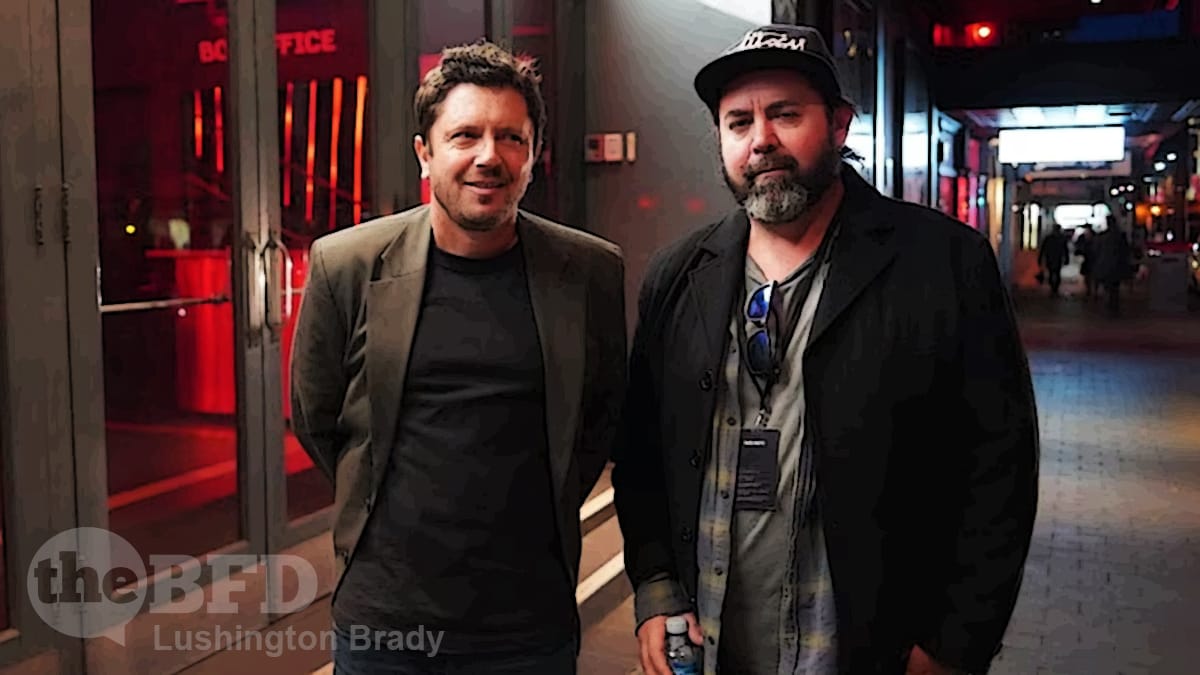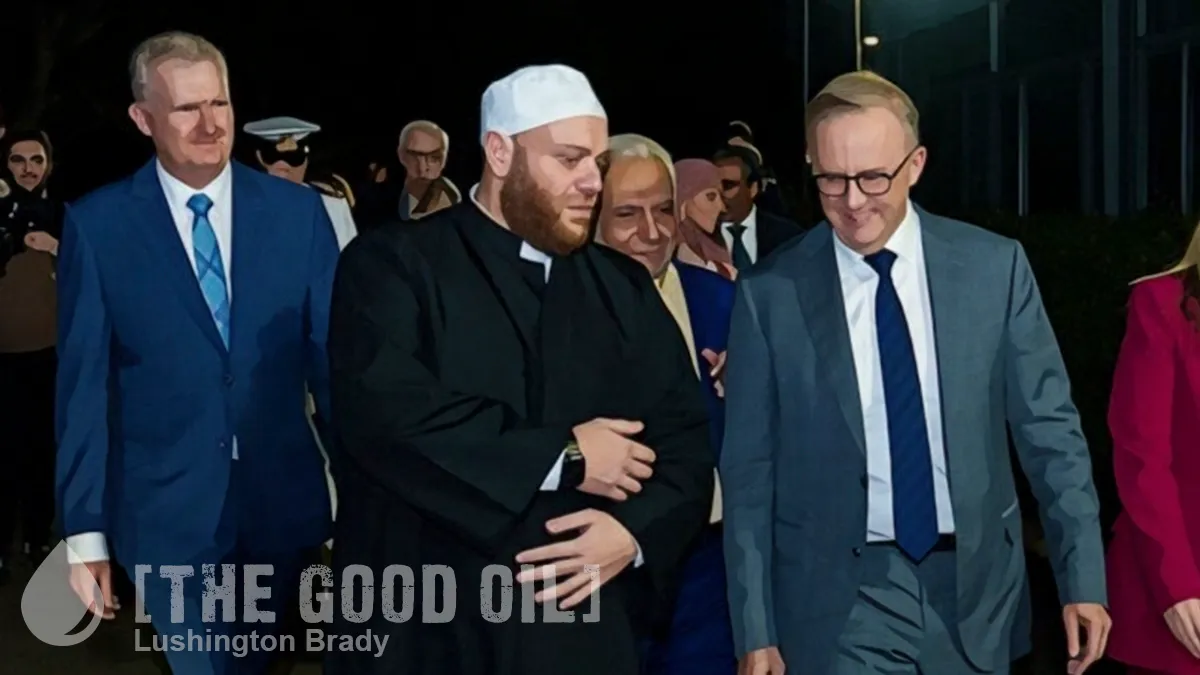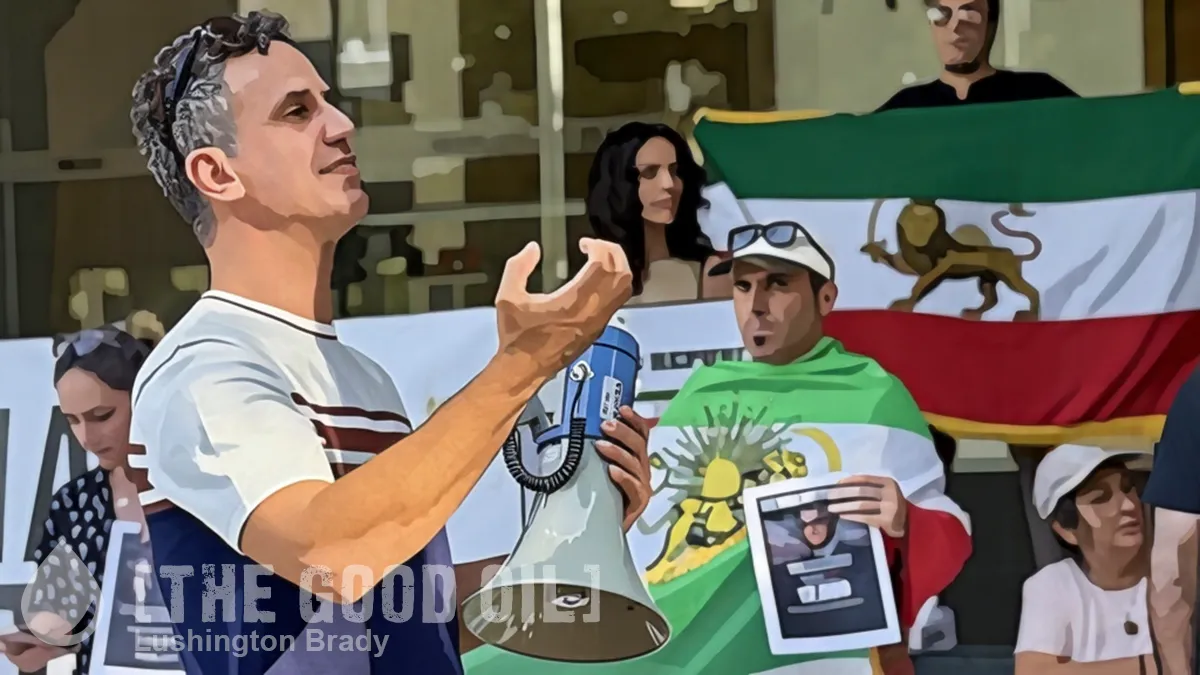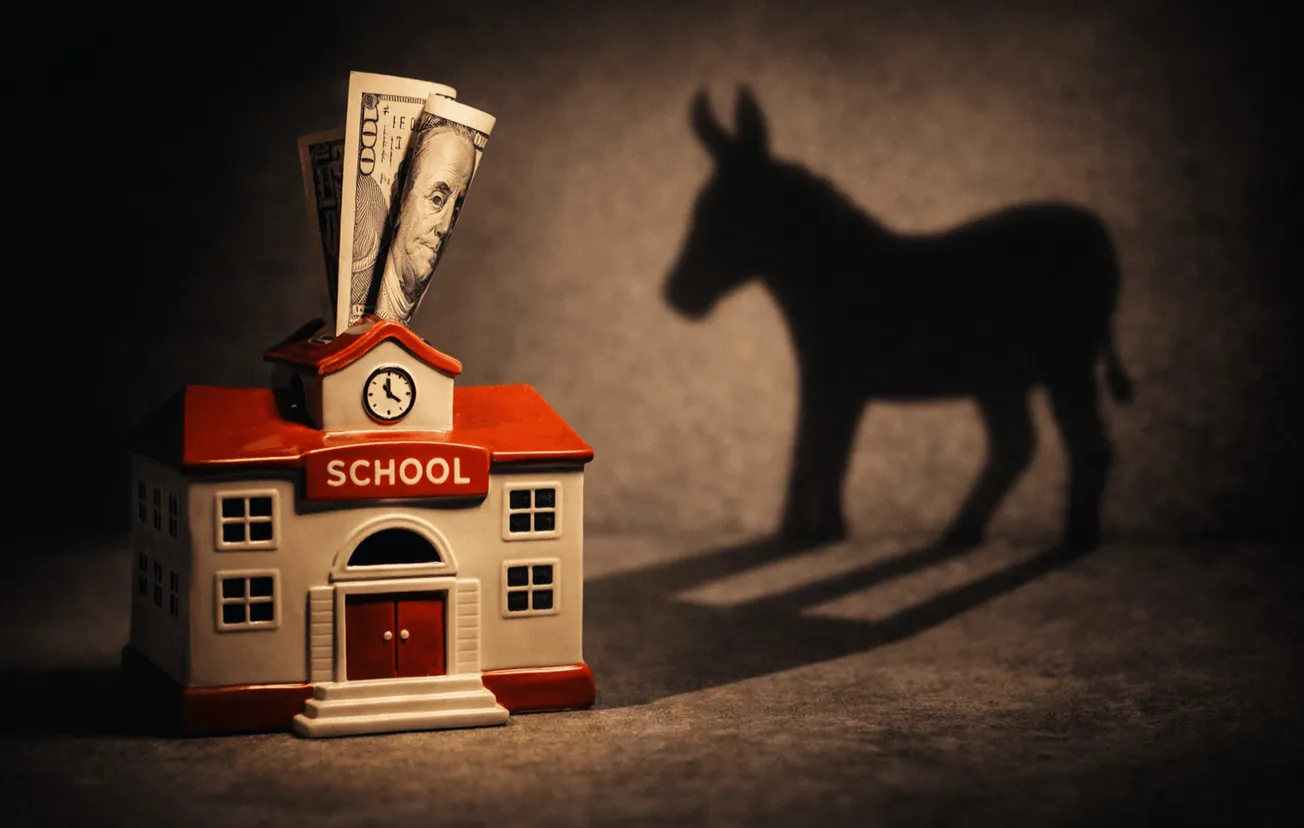Table of Contents
I normally avoid Hobart’s “Dark Mofo” winter festival like the plague. That’s because it’s ‘ooh, aren’t we edgy’ adolescent vibe is even more tediously bullshit than the average ‘writer’s festival’. For all their pretensions of ‘dangerous ideas’, these arts-nobblers circle-jerks almost always consist entirely of doing exactly what their little arty friends expect and applaud.
But, I’ll give them some kudos, this year.
A mockumentary by Aboriginal filmmakers that was pulled from a recent short film festival has been screened as part of the Dark Mofo winter festival in Hobart.
The nine-minute film My Journey from kutikina Productions explores the issue of Aboriginality in Tasmania, through a single fictional character played by a white actor.
Surprisingly, the “white actor” was neither of these two guys.

Palawa (Tasmanian Aboriginal) people Nathan Maynard and Adam Thompson made the film through their new production company.
Now, you or I might hae our doots as to just how “Aboriginal” those two are, but they’re adamant that they’re way more Aboriginal than a whole lot of other Tasmanians claiming to be Aboriginal. And, when it comes to “box-tickers” jumping on the “Aboriginal” bandwagon, they’ve got a point.
Under Tasmania’s previous policy, implemented in 2005, people had to prove their Aboriginality using a three-part test which included documentary evidence of ancestry.
Since 2016, people only require self-identification and communal recognition […]
In the 2016 census, 23,000 Tasmanians identified as Aboriginal or Islander.
At the most recent survey in 2021, that number had risen to 30,000.
That’s a 30 per cent population increase in just five years. It would also make Tasmania’s Aboriginal percentage of population twice the rest of Australia. Demographically, that’s impossible to explain by birth rates. What’s really happening is that thousands of people are ‘discovering’ their long-lost ‘Aboriginality’.
The film is also a by-product of the on-going turf war between different groups claiming to represent Tasmania’s “Aborigines”.
The film is set in the small Tasmanian town of Smithton in Tasmania’s far north-west.
Its municipality of Circular Head has the greatest proportion of Aboriginal and Torres Strait Islander people in the state, making up 17.3 per cent of the total population.
The Circular Head Aboriginal Corporation is based in Smithton and is not aligned with the prominent Tasmanian Aboriginal Centre.
ABC Australia
It’s not surprising, really, that there’s such bitter in-fighting over who’s more Aboriginal-than-thou. After all, there’s $34 billion of government spending on “Indigenous affairs” to grab at, not to mention other ways of making a mint out of ticking off the “Aboriginal/Torres Strait Islander” box.
New “Indigenous heritage” laws in Western Australia are a template for just some of what Aboriginal activists in other states want. Coincidentally, it’s a legal road to making an absolute fortune.
The laws apply to all parcels of land exceeding 1100 square metres. In other words, a double suburban block, or a small rural acreage. What they mandate is eye-watering. Depending whether or not a land use activity is exempt or not is just the start of the red tape nightmare. If they’re not, they’ll need at least formal approval, or a full-blown “cultural heritage management plan”. The relevant Aboriginal people will need to be notified of any permit application, and a management plan will need to be developed in consultation with the appropriate Aboriginal people for that land.
You can bet all of that comes with a pretty penny attached.
Government Local Aboriginal Cultural Heritage Services fee guidelines suggest up to $1200 a day for a senior Aboriginal consultant, but there is no cap on what heritage professionals such as anthropologists can bill […]
One chief executive of a junior critical mineral player, who spoke on condition of anonymity citing the sensitivity of the issue, said his company had paid nearly $200,000 for an Aboriginal heritage survey, and that heritage-related costs now represented close to one-third of the price tag attached to drilling an exploration hole […]
Many rivers, creeks and other tributaries are considered ethnographic sites requiring the highest high level of assessment under the new laws, which hand considerable power to groups referred to as Local Aboriginal Cultural Heritage Services.
In what was described as a farcical scene, one mining executive asked whether planting a tree near the Swan River in Perth would require a site inspection by traditional owners and the preparation of a heritage management plan. It would depend on the size of the tree, officials replied.
Australian Financial Review
Where there’s a dollar to be grifted in WA, paleface “box-tickers” in other states are sniffing for their own share of the cake.
No wonder so many people are so keen to be “Aboriginal”, all of a sudden.









